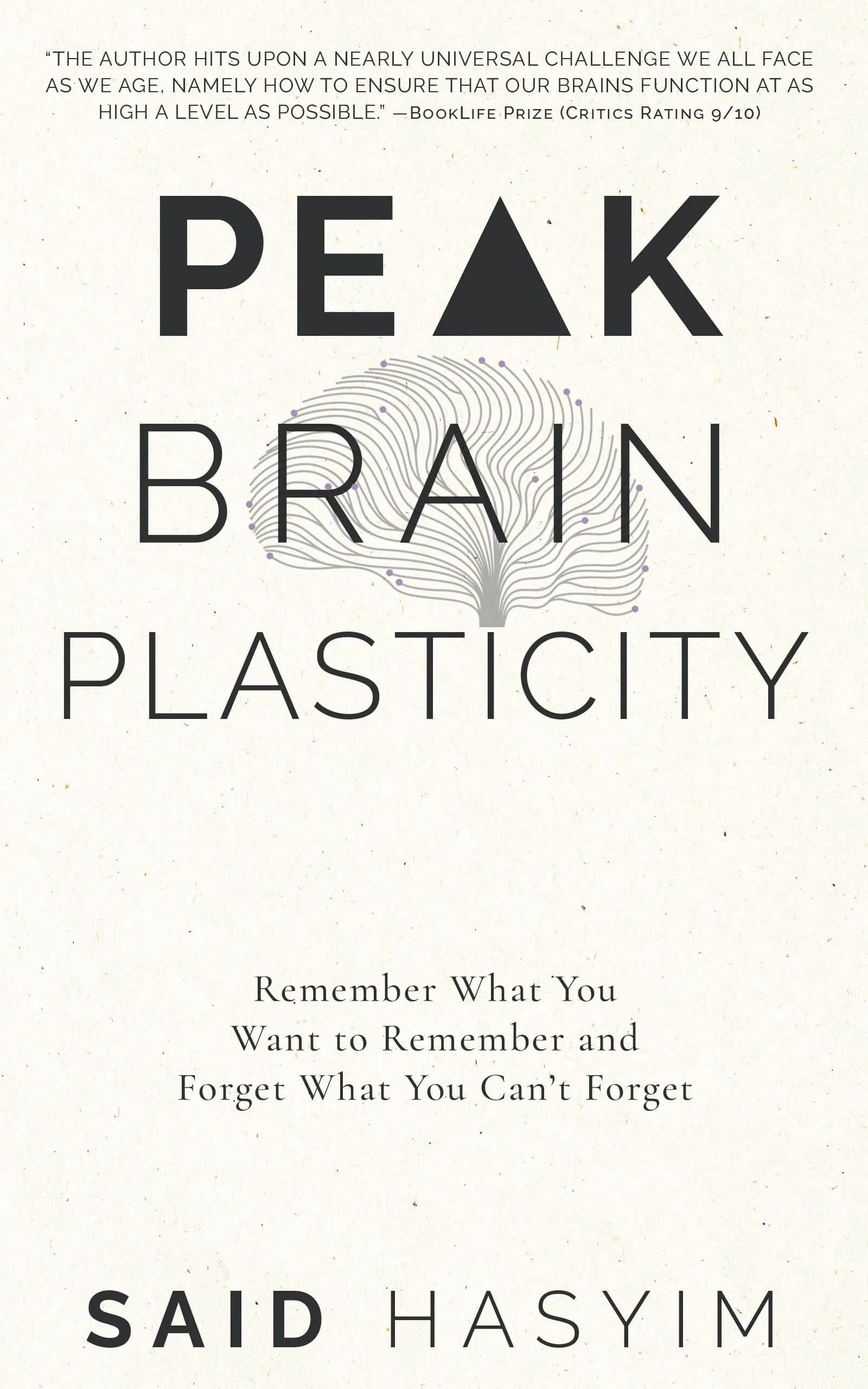Embracing Change: How Brain Plasticity Works
Change is an inevitable part of life, and it’s a concept many people grapple with on a daily basis. From personal transformations to shifts in our environment, change can often feel daunting. Yet, within our very own brains, there's a remarkable ability that not only supports adaptation but thrives on change: brain plasticity. Understanding how brain plasticity works can empower us to embrace change more readily, opening doors to new opportunities and personal growth.
What is Brain Plasticity?
Brain plasticity, also known as neuroplasticity, refers to the brain's capability to reorganize itself by forming new neural connections throughout life. This phenomenon occurs at the cellular level and also involves larger brain systems. In simpler terms, brain plasticity allows the brain to adapt in response to learning, experience, or injury.
Neuroscientists have established that our brain is not a static organ; rather, it is dynamic and flexible. This flexibility means that our thoughts, behaviors, and experiences can actively shape the structure and function of our brains over time.
Types of Brain Plasticity
Structural Plasticity: This type of plasticity refers to the brain's ability to physically change its structure. For example, when learning a new skill, such as playing a musical instrument or speaking a foreign language, new neural pathways are formed, and existing connections are strengthened.
Functional Plasticity: Functional plasticity is the brain's capacity to move functions from damaged areas to undamaged areas. This is particularly evident in cases of brain injury, where other parts of the brain can compensate for the impaired functions of the injured areas.
The Science Behind Neuroplasticity
Neuroplasticity occurs on multiple levels, from cellular changes to large-scale cortical remapping. Here’s a closer look at some of the mechanisms involved:
1. Synaptic Plasticity
The connections between neurons, known as synapses, are constantly being strengthened or weakened through a process known as synaptic plasticity. When we learn something new, specific synapses get reinforced, making the transmission of signals between neurons more efficient. This mechanism underlies learning and memory.
2. Neurogenesis
Neurogenesis is the process by which new neurons are generated in the brain. While most neurogenesis occurs during early development, research has shown that certain parts of the brain, notably the hippocampus, continue to produce new neurons throughout adulthood. This contributes to learning and memory, as well as emotional regulation.
3. Myelination
Myelination involves the formation of myelin sheaths around the axons of neurons. Myelin acts as insulation, allowing electrical impulses to transmit more quickly and efficiently between nerve cells. Enhanced myelination can occur as a result of learning and practice, playing a crucial role in skill acquisition.
How Experience Shapes the Brain
The experiences we encounter, both positive and negative, significantly shape the way our brains function. Here are a few ways different experiences affect brain plasticity:
1. Learning a New Skill
Engaging in activities that challenge the brain—such as learning a new language, instrument, or sport—stimulates neuroplasticity. Each time we practice a new skill, our neurons create stronger connections, leading to improved proficiency and increased confidence.
2. Emotional Experiences
Our emotional responses to experiences also influence brain plasticity. Chronic stress, for example, can negatively affect the structure and function of areas related to learning and memory. Conversely, positive emotions and mindfulness practices can promote beneficial changes in the brain, fostering resilience and emotional well-being.
3. Recovery from Injury
In cases of brain injury, the brain's plasticity plays a critical role in recovery. Through rehabilitation and targeted exercises, individuals can retrain their brains to reroute functions to healthy areas, demonstrating the remarkable adaptability of the nervous system.
Embracing Change Through Plasticity
Now that we have a better understanding of how brain plasticity works, we can learn to embrace change in our lives. Here are some strategies for leveraging neuroplasticity to adapt and grow:
1. Stay Curious and Keep Learning
Cultivating a mindset of lifelong learning is key. Seek out new experiences, challenge your existing knowledge, and push yourself outside your comfort zone. Whether it’s taking a class, reading a book, or exploring a new hobby, each opportunity to learn helps reinforce neural connections and encourages brain plasticity.
2. Practice Mindfulness
Mindfulness practices, such as meditation and yoga, have been shown to promote structural and functional changes in the brain. Regular mindfulness can reduce stress, improve emotional regulation, and increase cognitive flexibility, making it easier to adapt to change.
3. Foster Relationships
Social connections play a vital role in brain health. Engaging with others and building supportive relationships can help create a positive environment for neuroplasticity. Participate in group activities, join clubs, or simply spend time with friends and family to reap the benefits.
4. Embrace Challenges
Instead of shying away from difficulties, approach them as opportunities for growth. Embracing challenges not only builds resilience but also stimulates brain plasticity. The more adaptable we become, the more equipped we are to face the unexpected changes life throws our way.
5. Prioritize Physical Health
Physical exercise is not only beneficial for the body but also for the brain. Regular physical activity enhances neurogenesis, improves mood, and promotes overall cognitive function. Aim for a balanced routine that includes cardiovascular, strength, and flexibility exercises to support brain health.
Conclusion
Understanding brain plasticity opens up exciting possibilities for personal growth and transformation. By recognizing that our brains are capable of change, we can embrace new experiences and challenges with openness and enthusiasm. Whether it’s through learning, emotional experiences, or physical health, brain plasticity serves as a powerful reminder that our potential for growth is limitless. So, let’s embrace change and take advantage of our brain’s incredible ability to adapt and evolve!
Harness the Power of Neuroplasticity
Discover Peak Brain Plasticity, a practical book to harnessing neuroplasticity. Enhance your memory, learn new languages quickly, and alleviate anxiety with effective study methods. Uncover daily habits that impact cognitive health and explore techniques for accelerated learning and memory retention. Unlock your brain's potential for growth and transformation.
